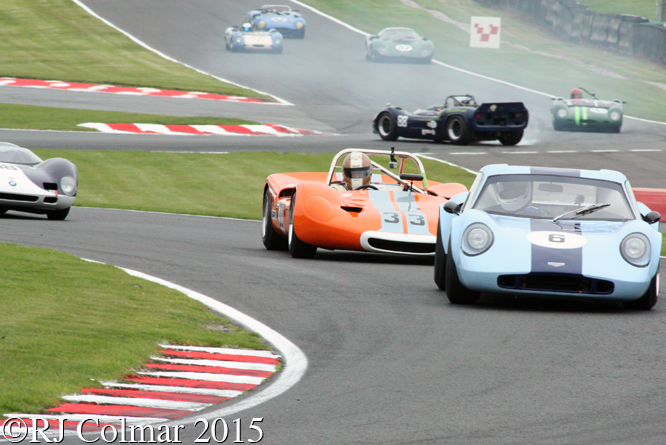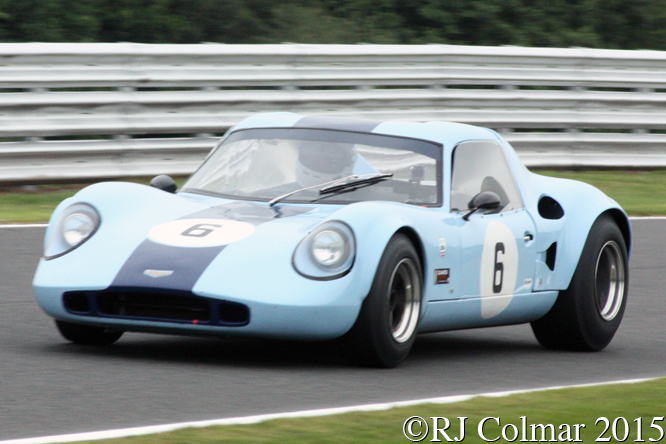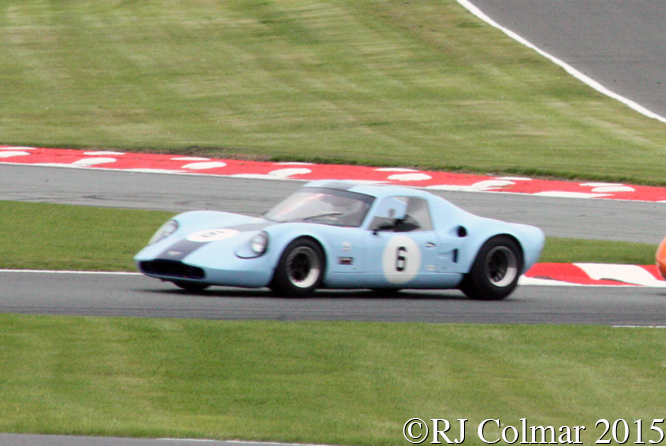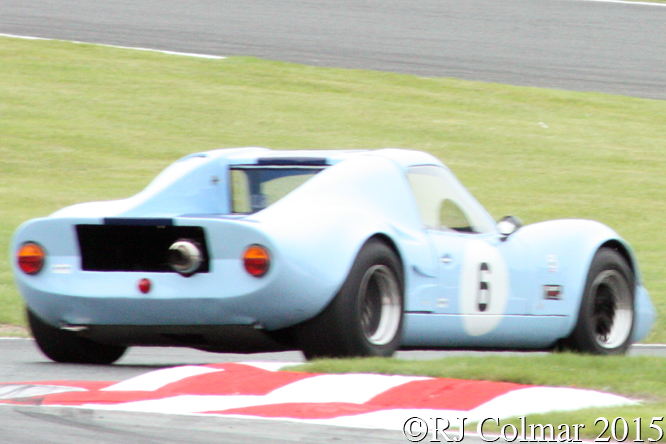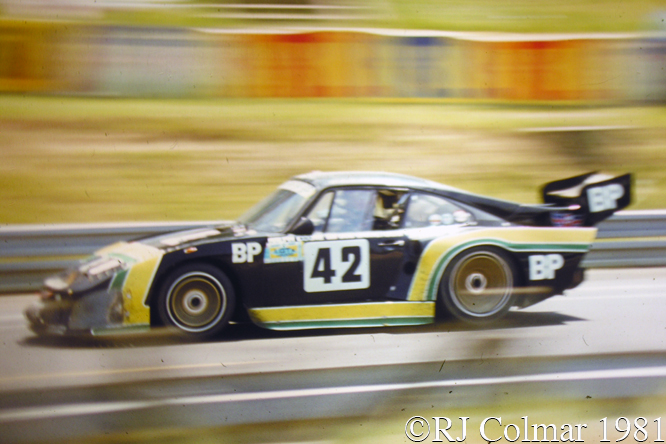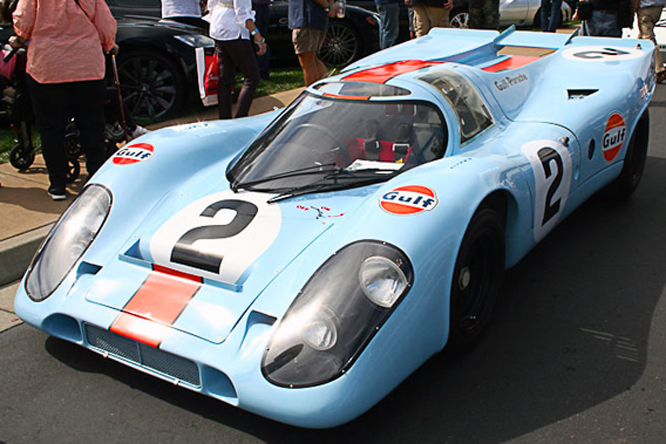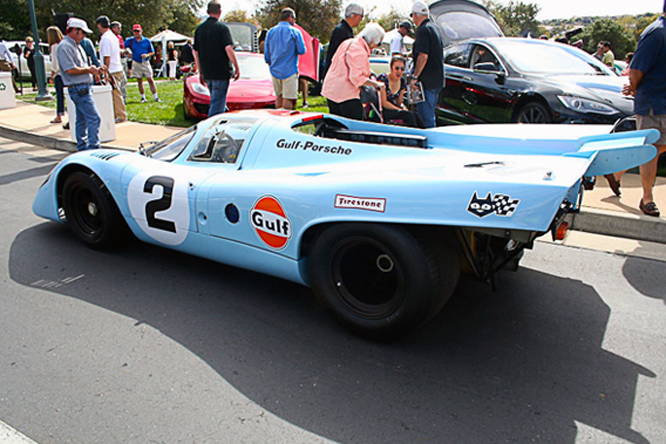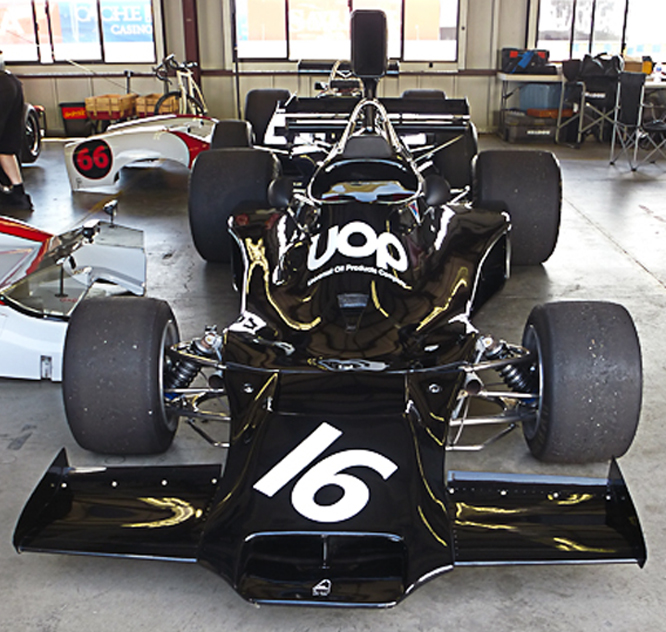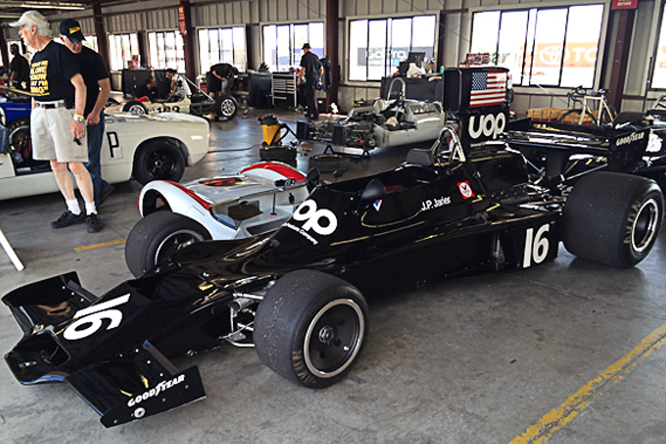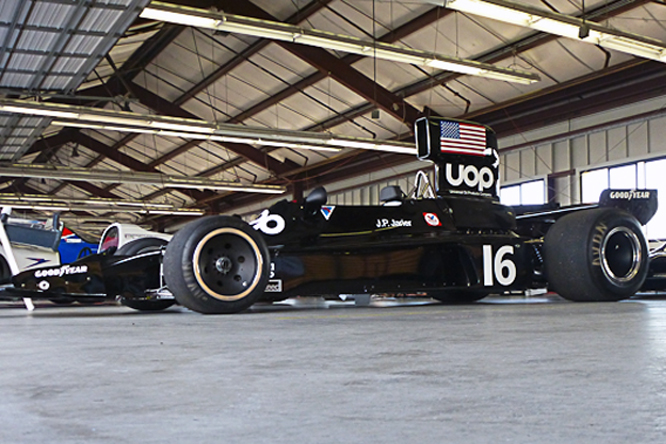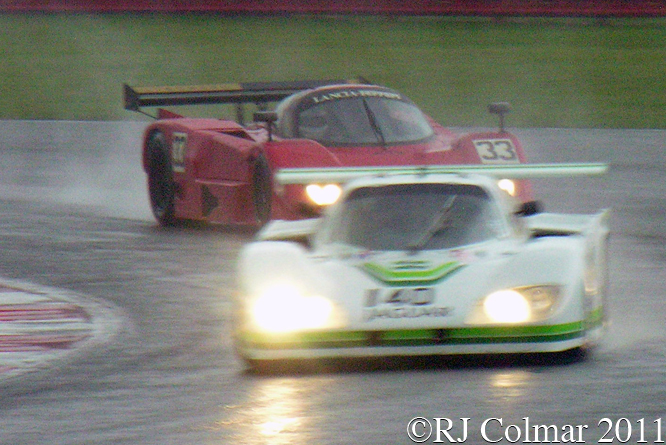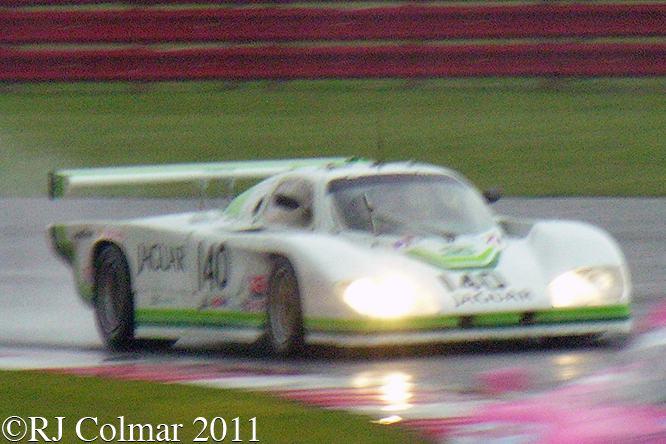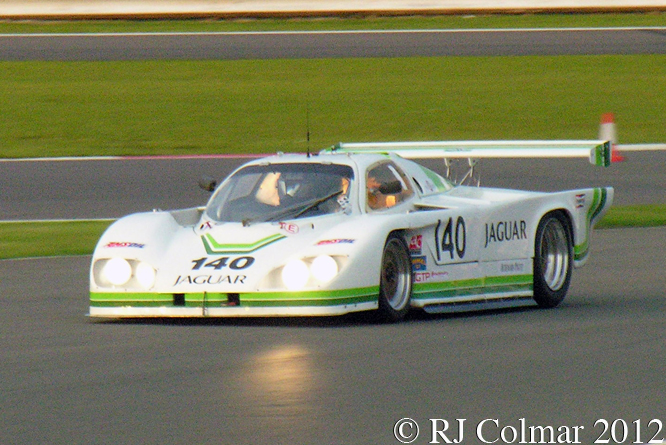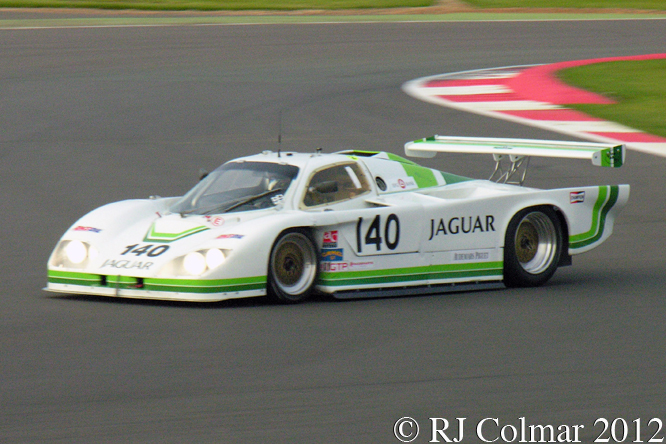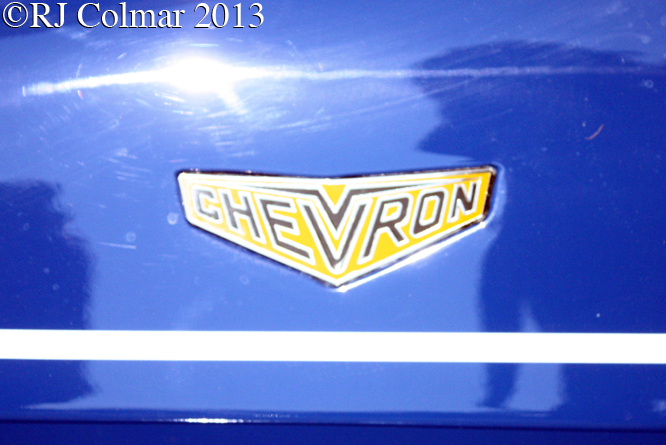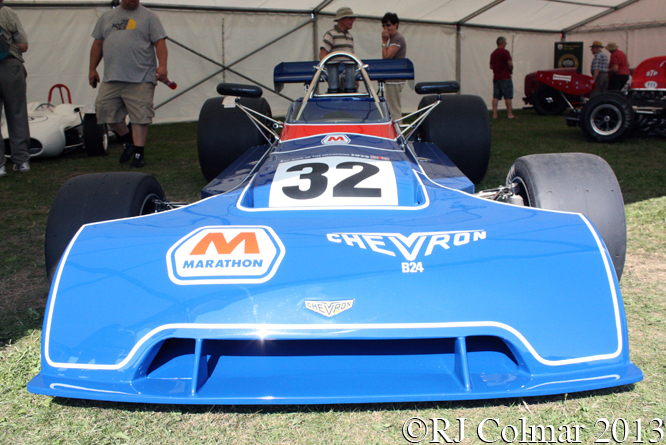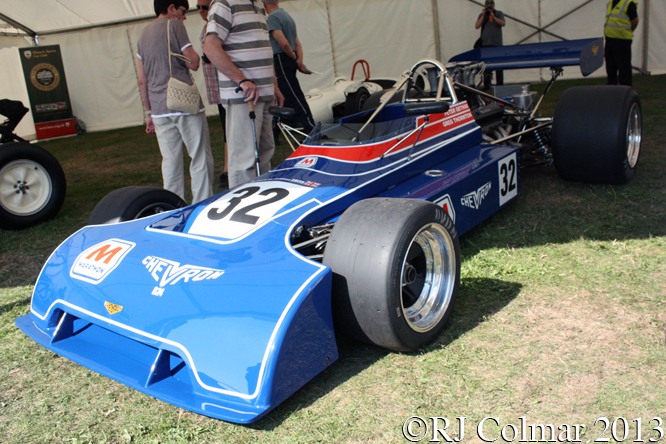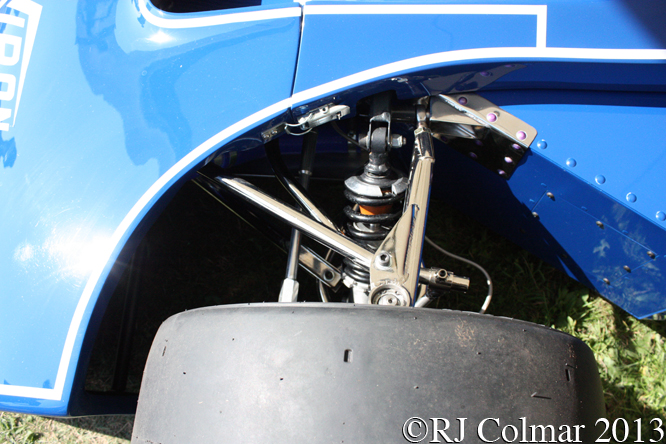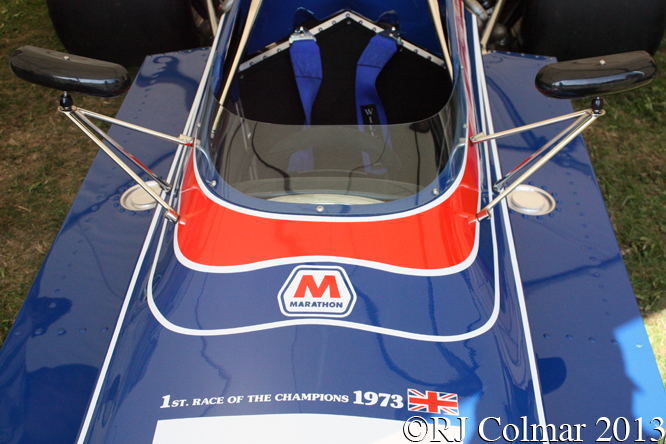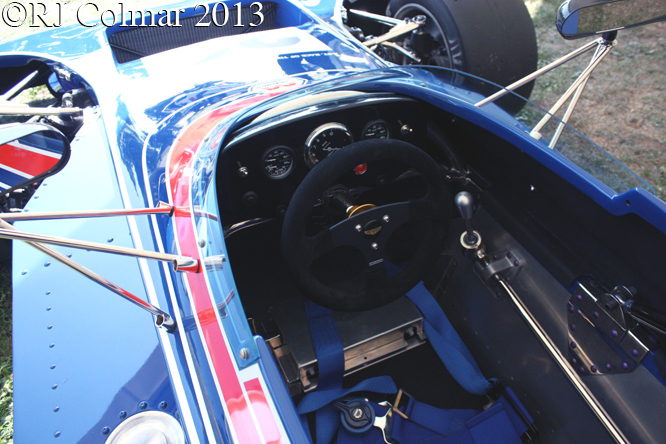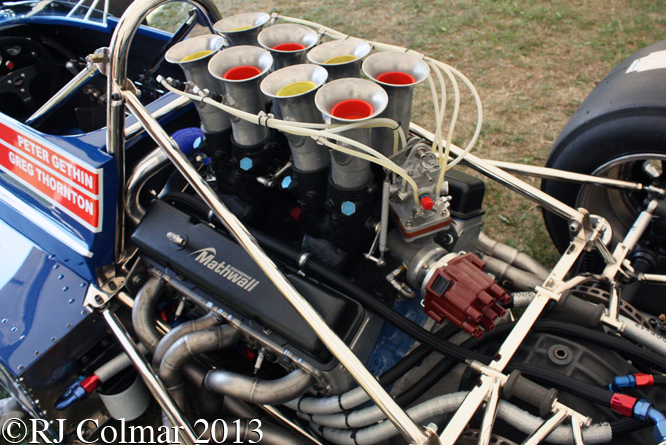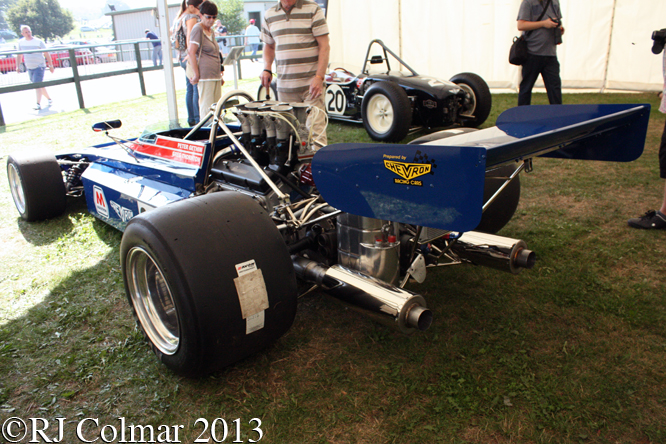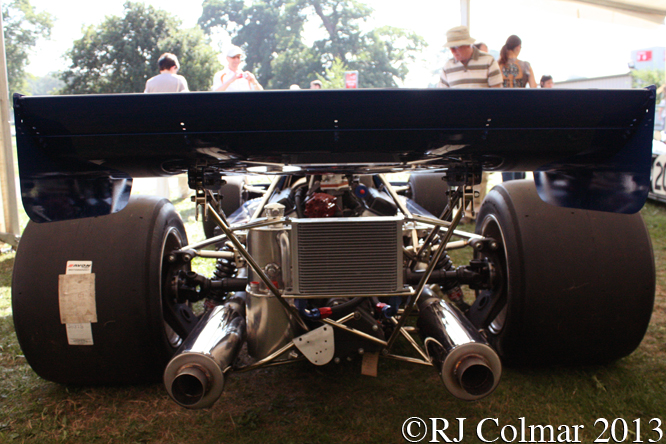On the 6th of September 1970 Chevron Cars turned up at the Nurburgring for the 500km race with an open cockpit Spyder version of their B16 Coupe, known as the B16S, for Brian Redman to drive. Brian qualified on pole but retired from the race after a fuel line broke causing a minor fire, two weeks later Brian qualified the same Escuderia Montjuich sponsored car on pole again at Spa and this time came home first.
For 1971 Chevron’s production version of the B16S became the B19 and indeed the original B16S after a phenomenally successful career in Southern Africa where at least five victories were recorded, running in Team Gunston colours and a one off appearance for Jo Siffert’s team at Paul Ricard the B16S was stripped down, the frame refurbished by Arch Motors and the car resold as a B19 for Peter Humble to race.
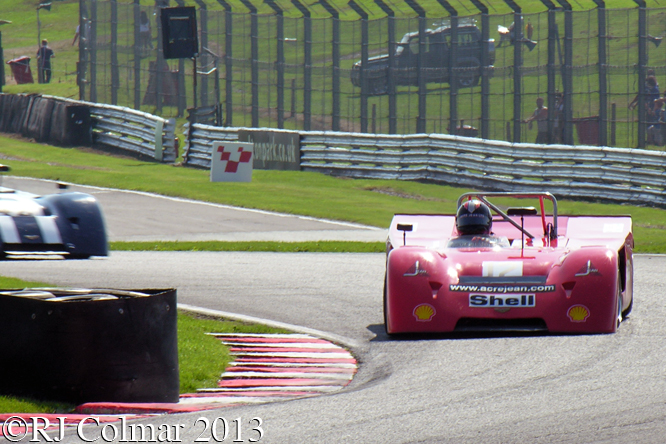
B19’s hit the decks running at all levels in 1971 with John Bridges scoring an early class victory for the model in a club event at Oulton Park in March with John Miles and Gerry Birrell scoring a class victory driving another B19 in the BOAC 1000 Kilometres World Championship Sports Car Race at Brands Hatch two weeks later.
The history of today’s featured car #CH-DBE-03 according to the Chevron Heritage website is complicated because another B19 chassis #B19-71-3 claims exactly the same early history on the RM Auctions Sotherby’s website.
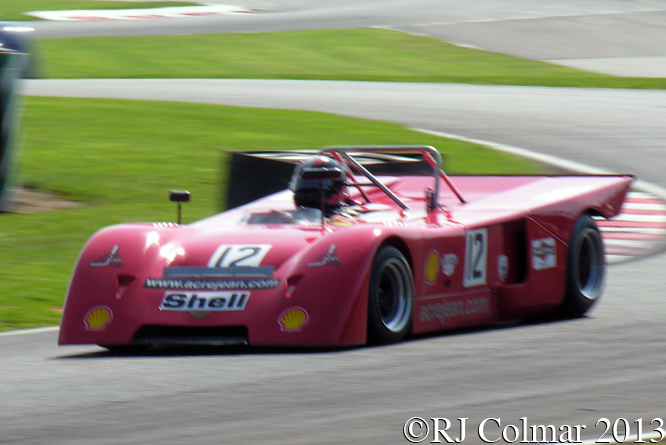
For clarity on the subject one must turn to Allen Brown’s OldRacingCar.com website where the owner of #B19-71-3 in 1972 Jörg Zaborowski advises that the car was “totally destroyed” in an accident on the at ADAC Bergrennen Detmold in April 1973 and twenty years later the chassis number B19-71-3 was reassigned to the new chassis built by Vin Malkie in 1993 that is seen in the RM Auctions Southerby’s website.
The “chassis number” #CH-DBE-03 is believed to actually be a “frame number” designated by Chevron contractor Arch Motors and as Allen points out in his introduction to the B19 “the number on the frame (stamped by chassis manufacturer Arch Motors) is being mistaken for a chassis number” assigned by Chevron Cars, leading to some cars inadvertently claiming an incorrect provenance.
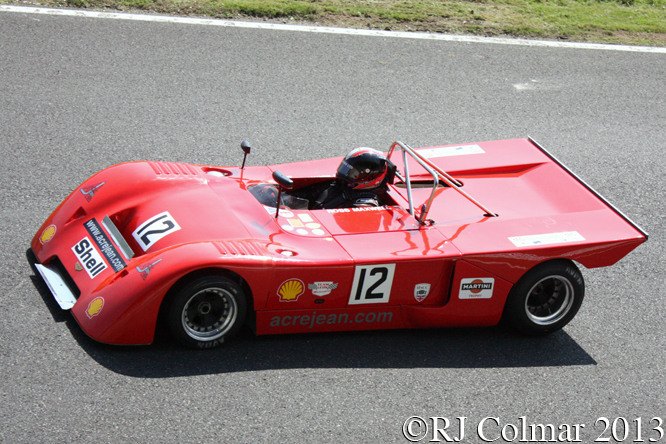
Allen has found that the provenance of today’s featured car, seen being driven in these photographs by Ross Maxwell at Oulton Park, can be traced back to 1981, but it is possible the frame has an older provenance that has yet to reveal itself, Chris Chiles drove this car to International Supersports Championship victories in 1991 and 1994.
In all 35 B19’s were built, including the recycled B16S, and B19 victories were recorded in the 1971 European 2 litre Sports Car Championship by Niki Lauda, Toine Hezemans, and John Hine, but consistent Lola driver Helmut Marko won the drivers championship and Lola the constructors championship.
Thanks for joining me on this “03” edition of “Gettin’ a li’l psycho on tyres” I hope you will join me again tomorrow when I’ll be looking at a Formula One Car that tragically never got the opportunity to be raced in period. Don’t forget to come back now !


